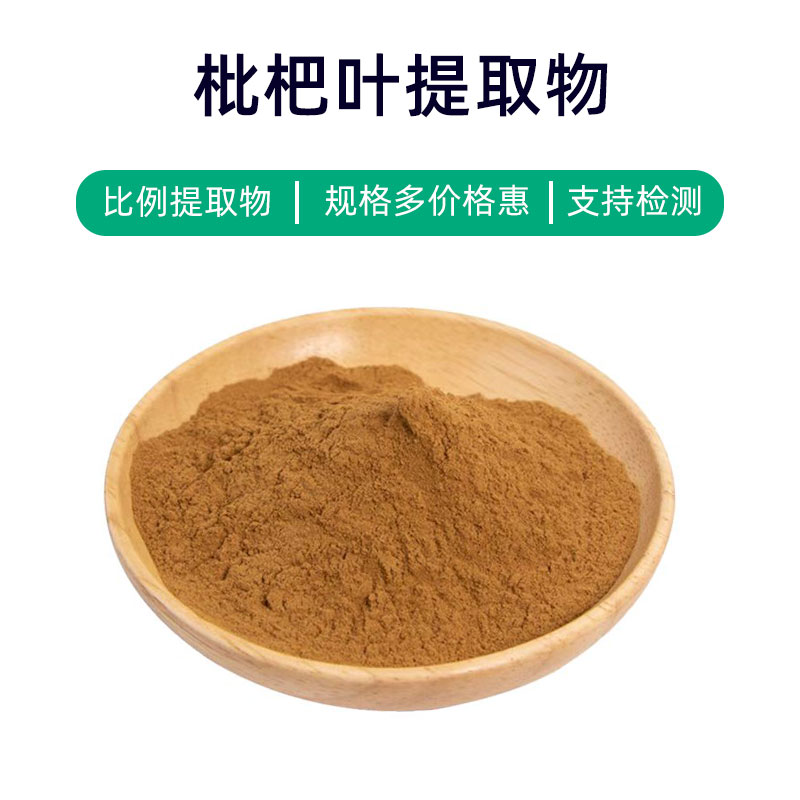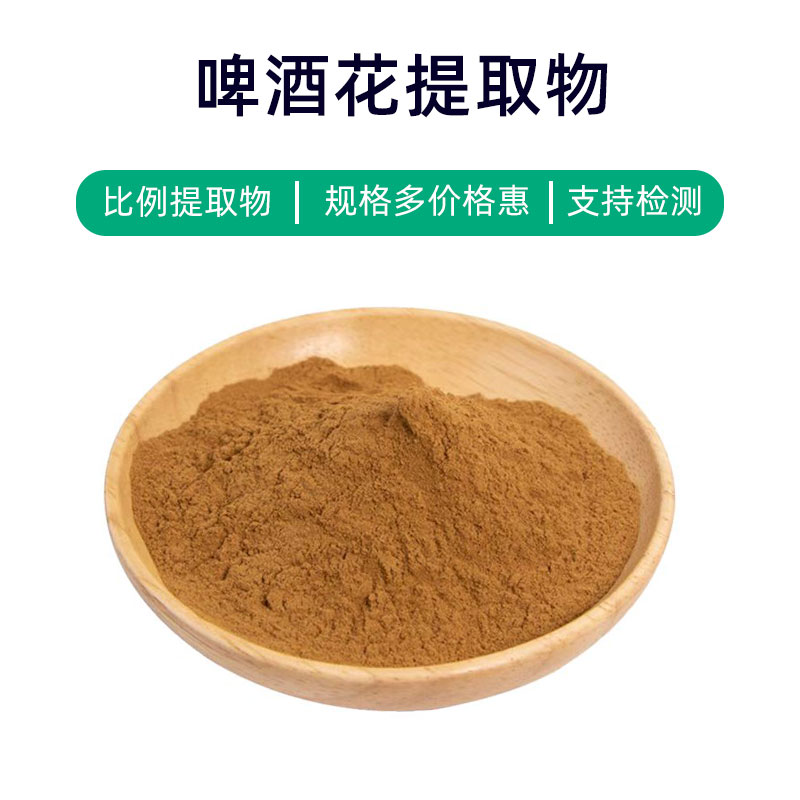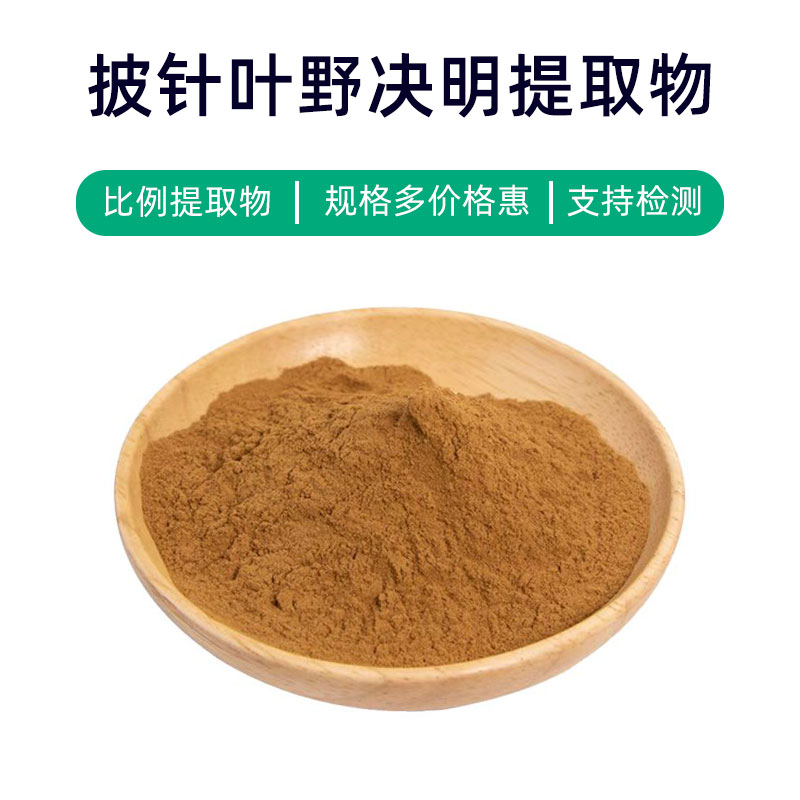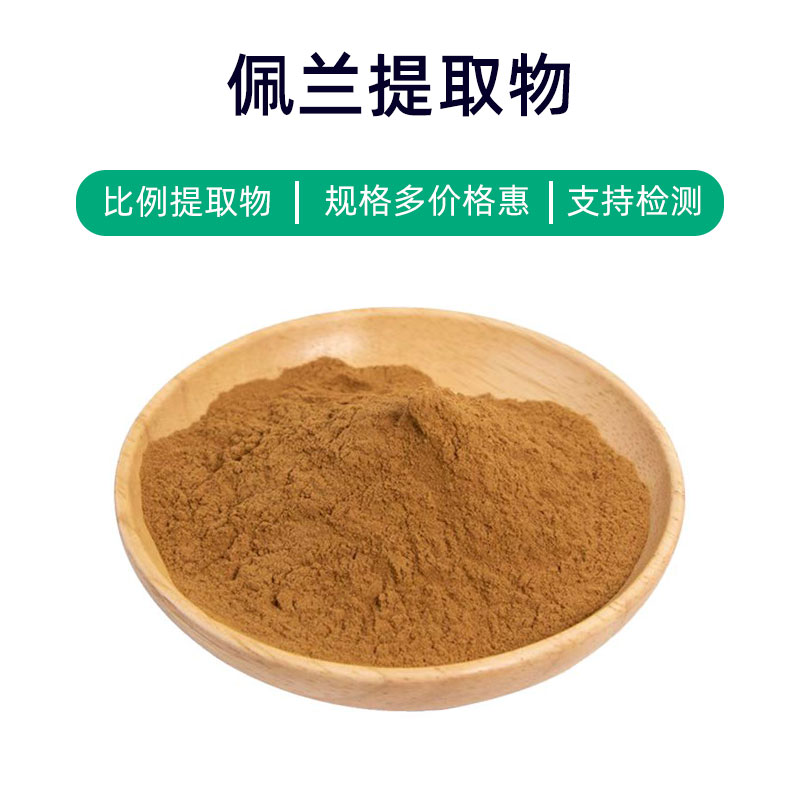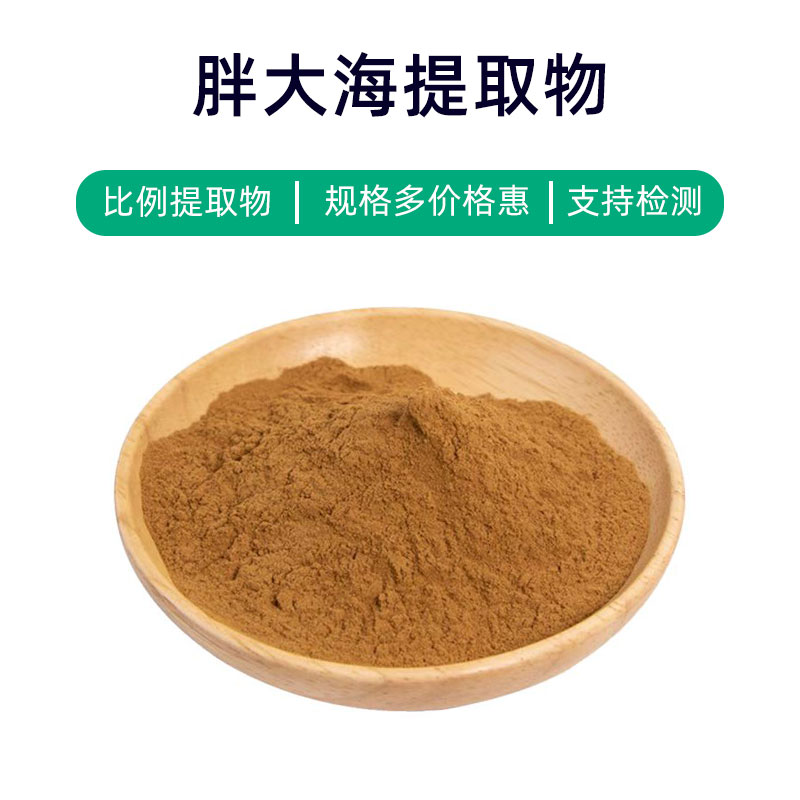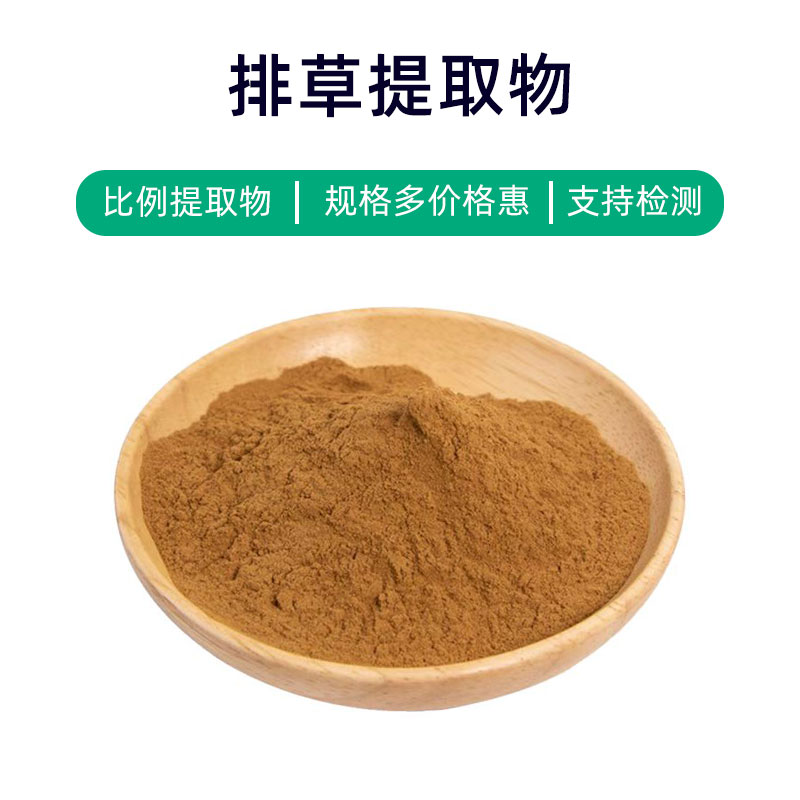Mistletoe Extract Product Introduction
Mistletoe extract is a natural medicinal ingredient derived from the mistletoe plant. Its main components include viscotoxin and polysaccharides. Mistletoe extract is widely used in medicine, health supplements, and cosmetics.
- Main Components: The primary active ingredients in mistletoe extract include viscotoxin and polysaccharides, which have various bioactive properties.
- Effects: Mistletoe extract exhibits anti-tumor, immune-regulating, and anti-inflammatory properties in the medical field. It is used as an adjunct therapy for certain tumor conditions and has some antioxidant effects.
- Applications: In medicine, mistletoe extract is commonly used in the preparation of anti-tumor and immune-regulating medications, helping to enhance immune function and increase resistance to illness. In health supplements, it is formulated as a product to boost vitality and regulate the immune system. Additionally, it is often included in cosmetics for its moisturizing and antioxidant benefits.
Overall, mistletoe extract is a multifunctional natural medicinal component with broad application prospects and can play an important role in medicine, health supplements, and cosmetics.
Mistletoe Extract Production Process
The production process of mistletoe extract typically includes the following steps:
- Raw Material Preparation: Fresh mistletoe plants are selected as raw materials and undergo initial processing such as cleaning and removal of impurities to ensure quality.
- Extraction Process: Suitable extraction methods, such as water extraction, ethanol extraction, or supercritical fluid extraction, are employed to extract the active components from mistletoe.
- Concentration: The extracted solution is concentrated to remove excess solvent, yielding concentrated mistletoe extract.
- Refinement: The mistletoe extract undergoes further refinement through processes like filtration, crystallization, and decolorization to enhance its purity and quality.
- Drying: The refined mistletoe extract is dried to remove moisture, resulting in a dried product.
- Testing: Quality testing is performed on the produced mistletoe extract, assessing components like active ingredient content, microbial indicators, and heavy metal levels to ensure compliance with relevant standards.
- Packaging: Qualified mistletoe extract is packaged using appropriate materials and methods to ensure product safety and stability during transport and storage.
- Storage: Packaged mistletoe extract should be stored in a dry, cool, well-ventilated environment, away from direct sunlight and high temperatures, to maintain product quality and stability.
This outlines the general production process for mistletoe extract. Different manufacturers may adapt and refine this process based on specific circumstances and requirements.
Mistletoe Extract Benefits and Side Effects
Mistletoe (scientific name: Viscum album) is a common parasitic plant whose extract has various benefits in traditional and modern medicine. Below are the main benefits and actions of mistletoe extract:
- Immune Regulation: Mistletoe extract contains various active components such as polysaccharides and alkaloids that can modulate immune function, enhancing resistance and increasing immune system activity.
- Antioxidant Action: The polyphenolic compounds in mistletoe extract exhibit strong antioxidant properties, helping to eliminate free radicals in the body, reducing oxidative stress on cells, and slowing down the aging process.
- Anti-tumor Effects: Some studies suggest that mistletoe extract has anti-tumor effects, inhibiting the proliferation and metastasis of cancer cells and promoting their apoptosis, showing therapeutic potential for certain cancers.
- Cardiovascular Protection: Mistletoe extract may lower blood lipids, improve circulation, protect the cardiovascular system, and prevent cardiovascular diseases.
- Anti-inflammatory Effects: The bioactive components in mistletoe extract possess anti-inflammatory properties that can alleviate inflammatory responses, reducing pain and swelling.
- Blood Sugar Regulation: Some research indicates that mistletoe extract can help regulate blood sugar levels, improving glucose control in diabetes patients.
- Liver Protection: Mistletoe extract offers protective effects on the liver, helping to mitigate liver damage and promoting the repair and regeneration of liver cells.
- Antimicrobial Action: The active components in mistletoe extract exhibit inhibitory effects on certain bacteria, viruses, and fungi, aiding in the prevention of infectious diseases.
While mistletoe extract offers various benefits, it is essential to be aware of potential side effects and contraindications. Specific populations, such as pregnant or nursing women, children, and patients with particular diseases, should use mistletoe extract cautiously or avoid it altogether. Consulting a healthcare provider or professional before use is advisable to follow proper dosage guidelines for safe and effective utilization.
Mistletoe Extract Application Scenarios and Dosage
Mistletoe extract is widely applied in medicine, food, and cosmetics. Below are the application scenarios and dosage recommendations for these fields:
- Medical Applications:
- Use: In traditional Chinese medicine, mistletoe extract is commonly used to regulate immune function, combat tumors, provide cardiovascular protection, and manage blood sugar.
- Dosage: Generally, adult oral doses range from 300-500 milligrams per intake, taken 2-3 times a day; however, specific dosages should be adjusted based on physician recommendations or product instructions.
- Food Applications:
- Use: Mistletoe extract can be used as a food additive to boost immunity, provide antioxidant properties, and act as a health-enhancing substance.
- Dosage: Typically used at lower amounts, the dosage should be adjusted based on the type of food and its formulation, following food processing techniques and hygiene standards.
- Cosmetic Applications:
- Use: Mistletoe extract is often used in cosmetics for anti-aging, antioxidant, and moisturizing effects, helping to improve skin texture and delay the aging process.
- Dosage: According to product formulations, mistletoe extract should be combined with other cosmetic ingredients, following usage guidelines provided by the product instructions or production guidelines.
The usage and dosage of mistletoe extract should be determined based on specific products, intended use, and individual conditions. Careful reading of product guidelines or consulting healthcare professionals, nutritionists, or cosmetic experts is recommended before use. Additionally, it is important to adhere to the correct usage amounts to avoid overconsumption or prolonged use, which could lead to adverse reactions or side effects.
Mistletoe Plant Overview: Sources, Distribution, and Growth Environment
Mistletoe (scientific name: Loranthus parasiticus) is a common hemiparasitic plant belonging to the family Loranthaceae. Below is detailed information about the source plant, distribution, and growth environment:
- Source Plant Overview:
- Mistletoe is a parasitic plant primarily found on various trees and shrubs, such as fig trees, elms, maples, and poplars. It derives its nutrients from its host plants and cannot grow independently.
- Distribution:
- Mistletoe is widely distributed in subtropical and tropical regions, including southern China, India, Southeast Asia, Africa, and Australia. In China, mistletoe is commonly found in forested and mountainous areas, particularly in the southern provinces.
- Growth Environment:
- Elevation Range: Mistletoe can thrive at various elevations, typically growing between 200 meters to 2000 meters above sea level.
- Growing Conditions: Mistletoe prefers moist, warm environments with ample sunlight, commonly found on forest edges, in valleys, or beside streams.
Mistletoe's growth and reproduction primarily depend on its host plants, as it survives and grows by absorbing nutrients and moisture from them. Its seeds are spread by wind or birds, landing on host plants to form new parasitic growths.
It is important to note that while mistletoe has recognized medicinal value in traditional herbal medicine, care should be taken to protect wild plant resources during collection and use, preventing overharvesting and ensuring biodiversity and ecological balance.
Mistletoe Extract Processing and Storage
The processing and storage of mistletoe extract include the following steps:
- Processing:
- Mistletoe is first cleaned and processed to remove surface impurities and debris.
- It is then crushed or cut to better release its active components.
- Next, extraction is performed, with methods such as water extraction, ethanol extraction, or supercritical CO2 extraction being commonly used.
- Storage:
- It is best to store mistletoe extract in a cool, dark place to avoid direct sunlight and high humidity.
- Using well-sealed containers is recommended to prevent moisture and dust intrusion.
- The extract should have minimal exposure to air to prevent oxidation, which could affect its quality and stability.
Processing and storage of the extract must adhere to relevant operational standards to ensure the product's quality and safety.
Monica Sun is a seasoned expert in the plant extraction industry with over a decade of experience in research and production. She specializes in the extraction and purification of plant active ingredients, focusing on driving innovation in natural product applications. Monica has participated in the development of multiple functional plant extracts, delivering high-value natural raw material solutions for the health food, pharmaceutical, and dietary supplement sectors.









